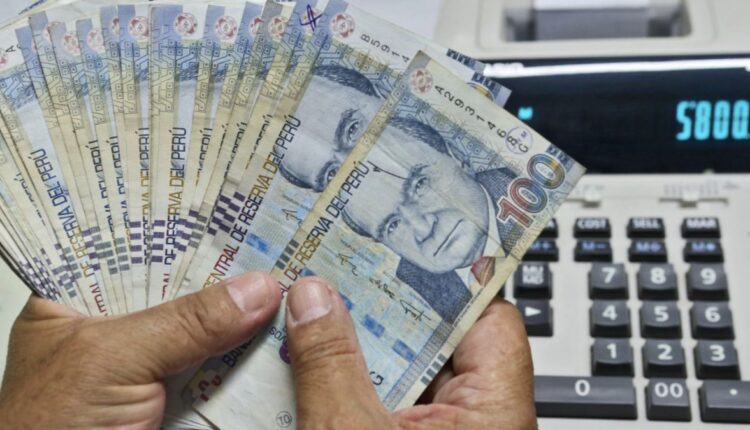The IMF forecasts that Peru’s economy will grow by 3 % in 2022
The GDP will achieve a growth of around 3 % in Peru by 2022 according to IMF estimates, well below what was obtained at the end of 2021
The International Monetary Fund (IMF) estimates that Peru’s GDP will grow by 3 % in 2022, after having rebounded by 13.3 % in 2021 after the historical collapse of 11 % in 2020.
In the conclusion of Article IV on the Andean country, the body has warned that, although Peru’s economic recovery has been solid, the outlook faces internal and external risks to the downside.
With respect to 2023, 2024 and 2025, the Fund forecasts that the Peruvian GDP will grow by 3 % in each of the years.
The multilateral institution has explained that the slowdown in 2022 will occur in a context of tightening external conditions and the withdrawal of stimulus policies. The pandemic, a sharp tightening of global financial conditions, prolonged global supply chain disruptions, geopolitical tensions and a sharp slowdown in growth in China, Peru’s main trading partner, are the main risks facing the economy. Peruvian.
Political uncertainty in Peru impacts its economy
According to the IMF, in addition to external conditions, the country’s political uncertainty is added, which could have adverse effects on private investment and trigger greater volatility in financial markets.
“Although a strong recovery has been confirmed in 2021, the Andean country’s real GDP remains below its pre-pandemic trend and the labor market has not yet fully recovered,” the agency said.
As regards other indicators, the fiscal deficit fell to 2.6 % of GDP in 2021 thanks to higher metal prices and higher tax revenue collection, the collection of back taxes and the elimination of fiscal stimulus measures in 2020. For their part, international reserves increased to 78,500 million dollars (72,259 million euros), 35 % of GDP in 2021.
Peru has access to a Flexible Credit Line agreement with the IMF worth 11,000 million dollars (10,125 million euros), which is granted to countries with a history of prudent policies and can be used as additional protection.
Source: dpa


